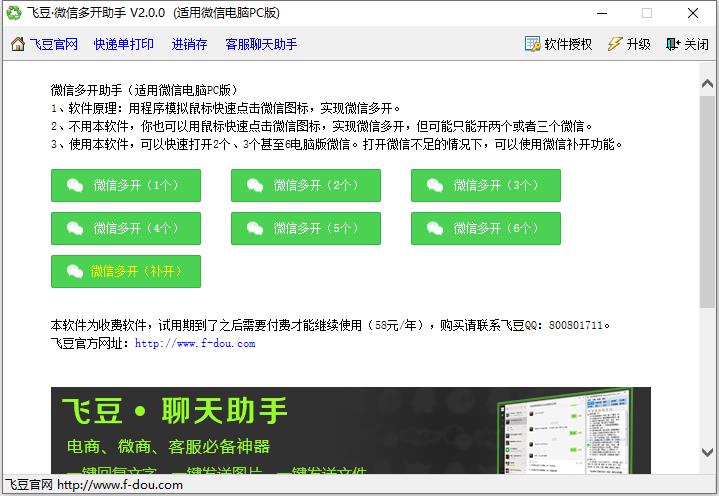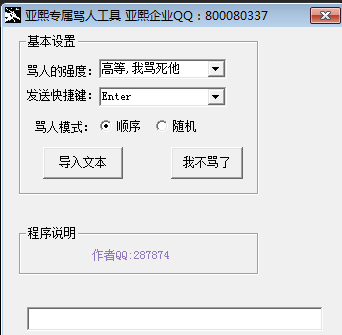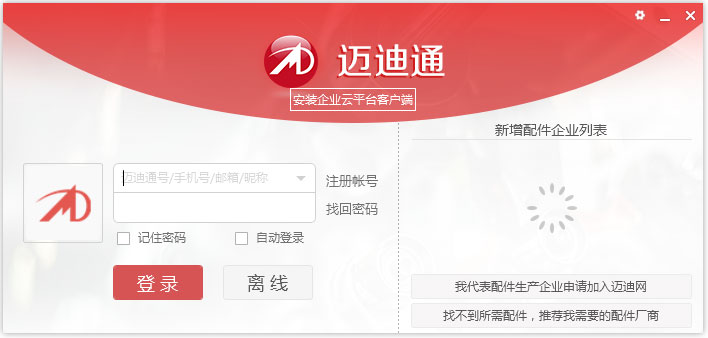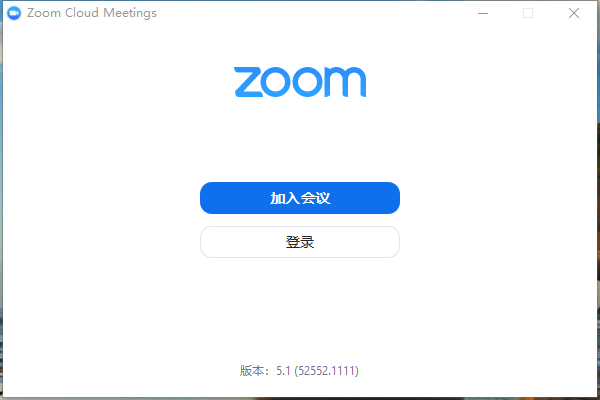Python命令行定时任务自动化工作流程是什么
时间:2023-05-13 23:02
定时执行jmeter脚本,通过python定时器隔一段时间执行命令行命令。 os、datetime、threading (1)利用threading.Timer()定时器实现定时任务 timer最基本理解就是定时器,可以启动多个定时任务,这些定时器任务是异步执行,所以不存在等待顺序执行问题。 jmeter执行命令行 jmeter -n -t 脚本名称.jmx -l 脚本报告名称.jtl 参数说明: n 非GUI模式,命令行模式(表示在非GUI模式下运行) -t 测试文件, 要运行的jmeter测试脚本文件(一般使用绝对路径) -l 结果文件,记录结果的文件 -h 获取jmeter帮助信息 -r 远程执行,启动远程服务器(non-gui模式下启动remote-hosts配置的所有远程代理机) -R 远程执行,(non-gui模式下启动指定的机器(IP:PORT)作为代理机) -e 设置测试完成后生成测试报表 -o 指定测试报表生成的文件夹,文件夹必须为空/不存在 -H 代理主机(设置jmeter使用的代理主机) -P 代理端口(设置jmeter使用的代理端口) -X 退出(non-gui模式下测试结束时退出) 执行结果: while True:+sleep() threading.Timer定时器 Timeloop库执行定时任务 调度模块sched 调度模块schedule 任务框架APScheduler 分布式消息系统celery执行定时任务 使用windows自带的定时任务 (1)os.system 运行程序会显示输出,返回值a为程序退出码 (2)os.popen 返回值为一个file文件, file.readlines()为命令的返回值 (3)subprocess 可以在python程序中创建子进程, subprocess.call() 其中,'ls’对应命令行输入的命令,-l为相应的操作。返回程序退出码,类似于os.system 返回标准输出,类似于os.popen。 也可以调用Popen对象来进行操作。subprocess 此时,可以用多个命令控制子进程。也可以用subprocess.PIPE,将自进程输入输出连接…… (4)commands 返回程序输出 以上就是Python命令行定时任务自动化工作流程是什么的详细内容,更多请关注Gxl网其它相关文章!1.使用场景
2.库
Timer方法 说明 Timer(interval, function, args=None, kwargs=None) 创建定时器 cancel() 取消定时器 start() 使用线程方式执行 join(self, timeout=None) 等待线程执行结束 3.运行脚本
4.脚本
import osfrom datetime import datetimefrom threading import Timer# 定时任务def task(): now = datetime.now() ts = now.strftime("%Y-%m-%d %H:%M:%S") print(datetime.now()) a = os.system("jmeter -n -t /Users/liyinchi/workspace/功能测试/好慷/测试数据(压测脚本)/阶梯拼团多维表格20230418.jmx -l /Users/liyinchi/workspace/功能测试/好慷/测试数据(压测脚本)/阶梯拼团多维表格20230418-result.jtl") print(a)# 执行器def func(): task() t = Timer(60*1, func) t.start()func()
5.python常用的定时任务
6.四种方法用python调用命令行
import osa=os.system("ls")aimport osa=os.popen("ls")a.readline()import subprocess subprocess.call(['ls','-l' ])
subprocess.check_output('ls')import subprocesschild = subprocess.Popen('ping -c4 blog.linuxeye.com',shell=True)import commands commands.getoutput('ls')



























